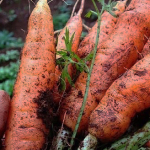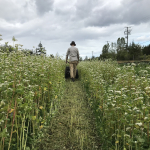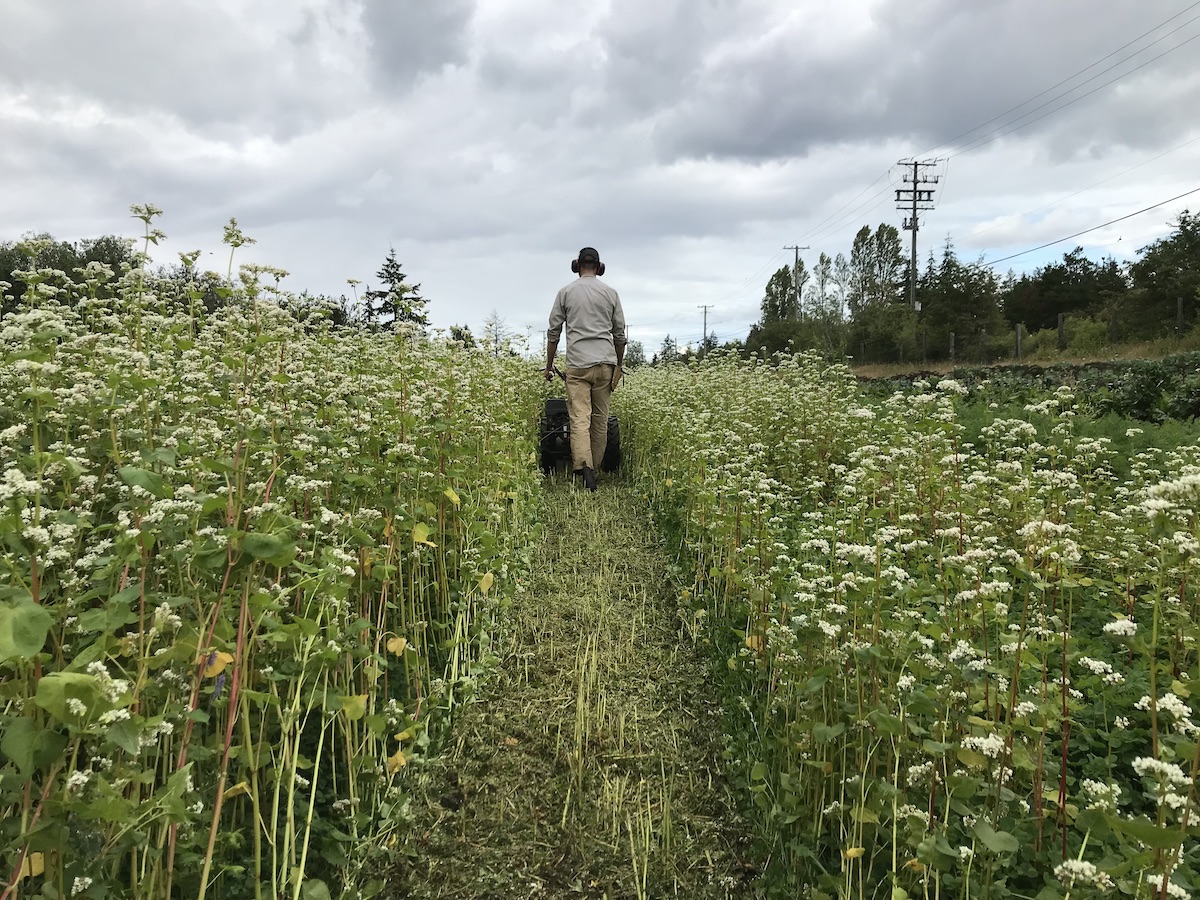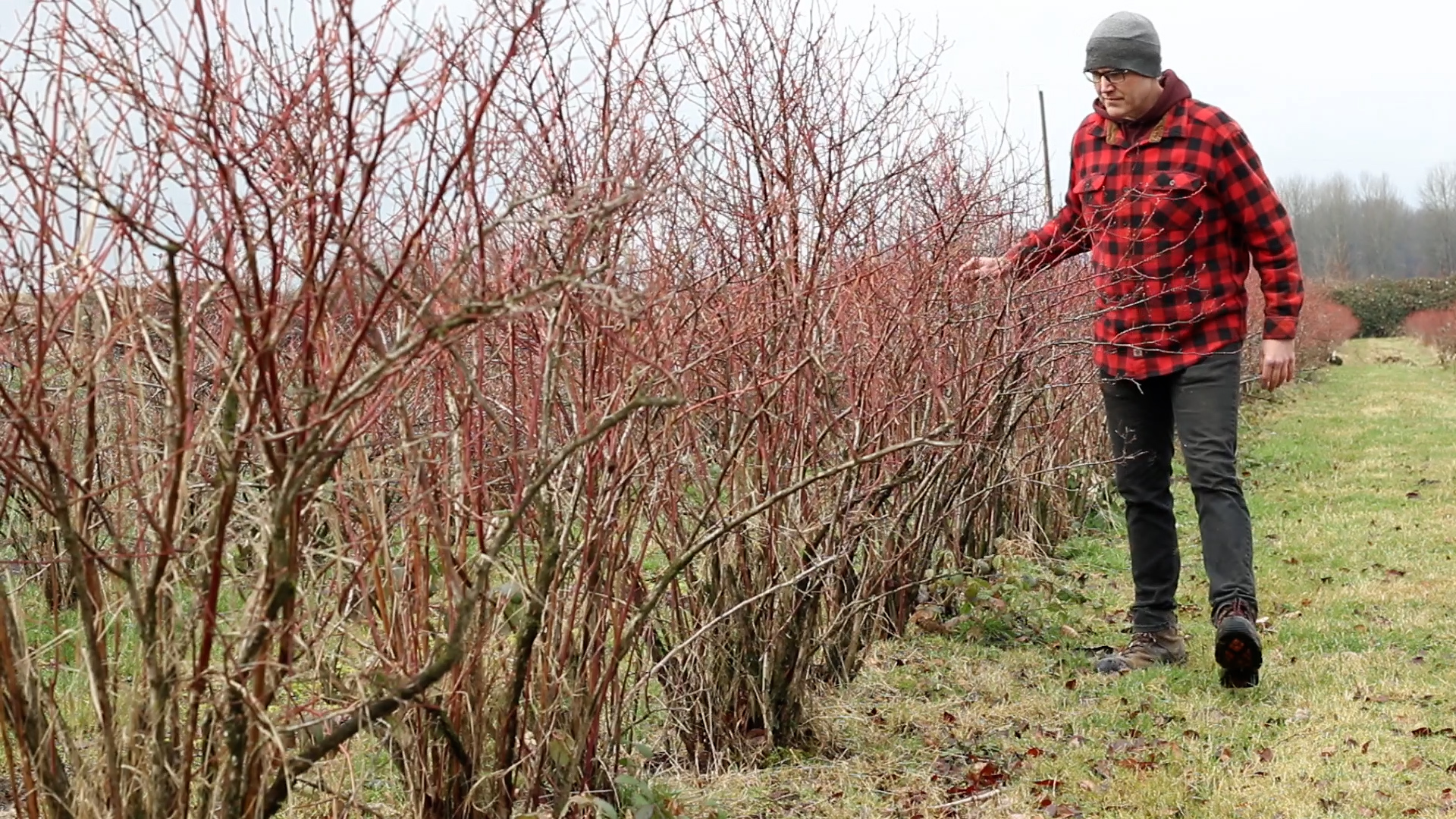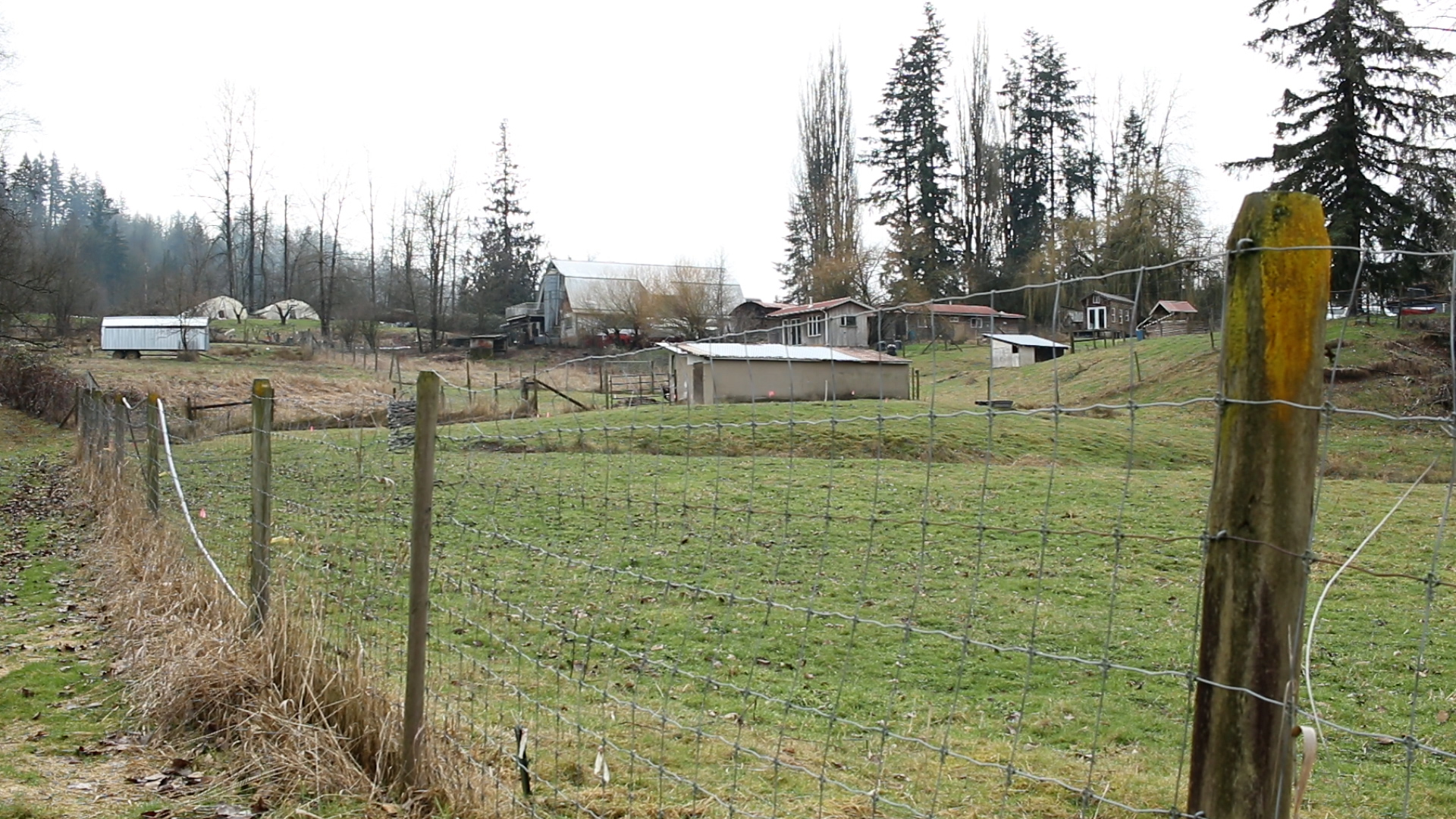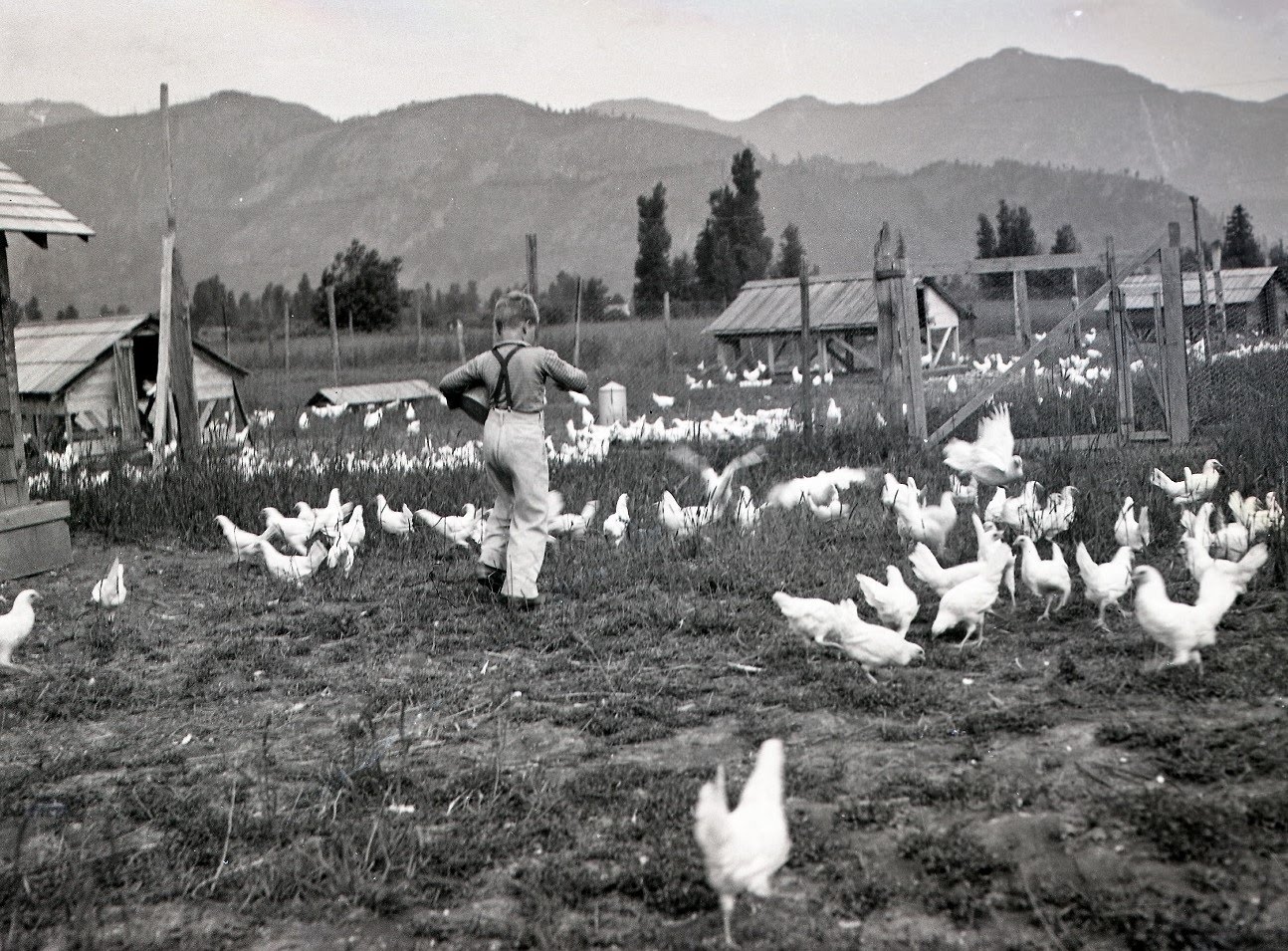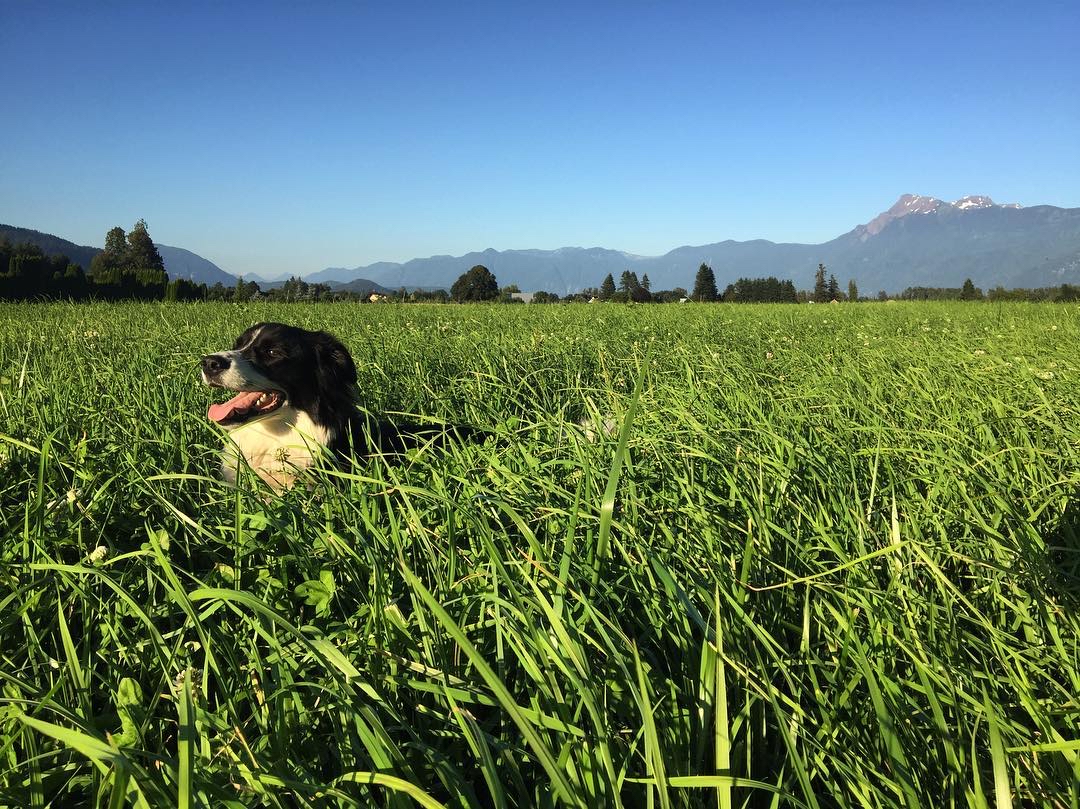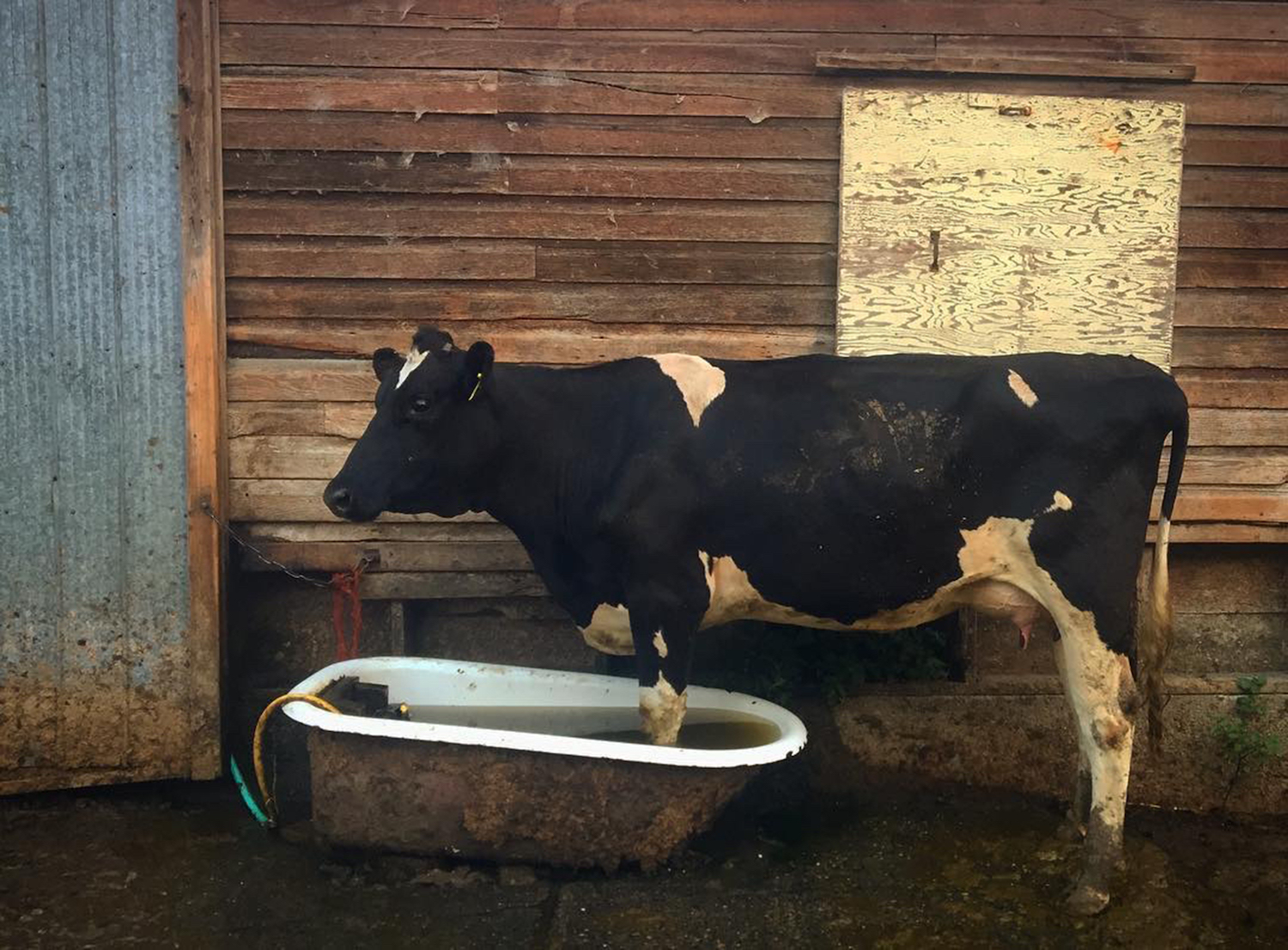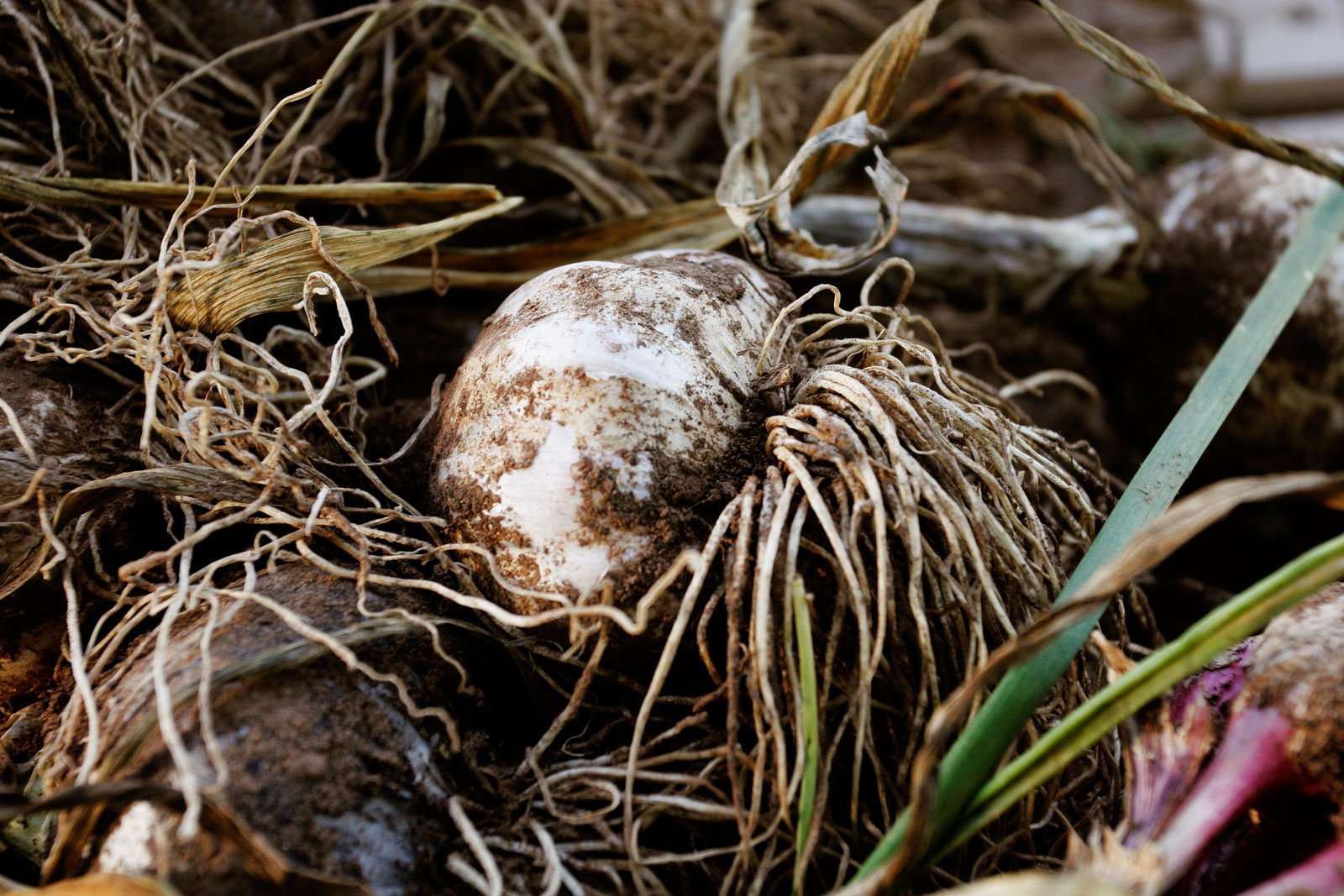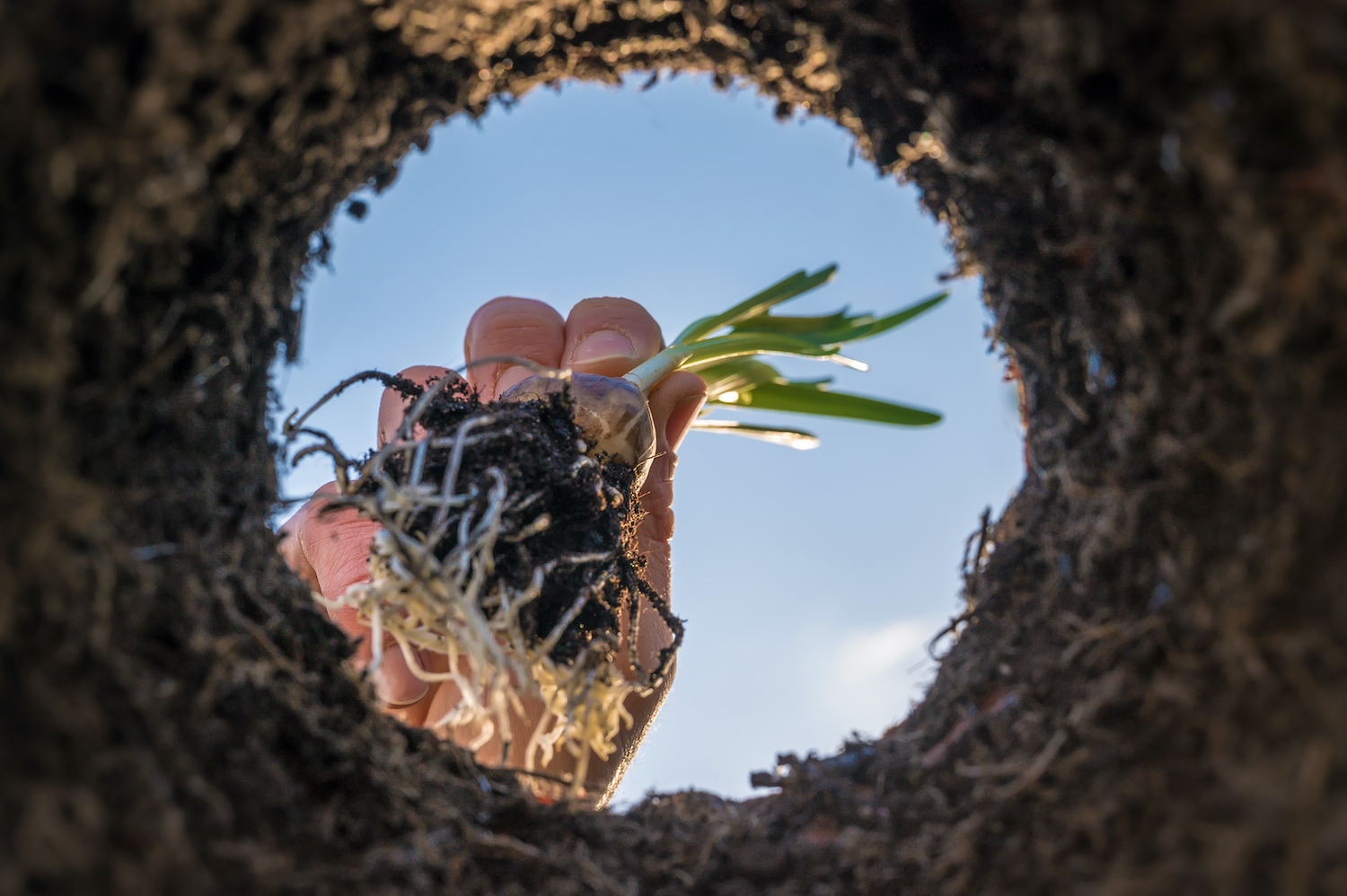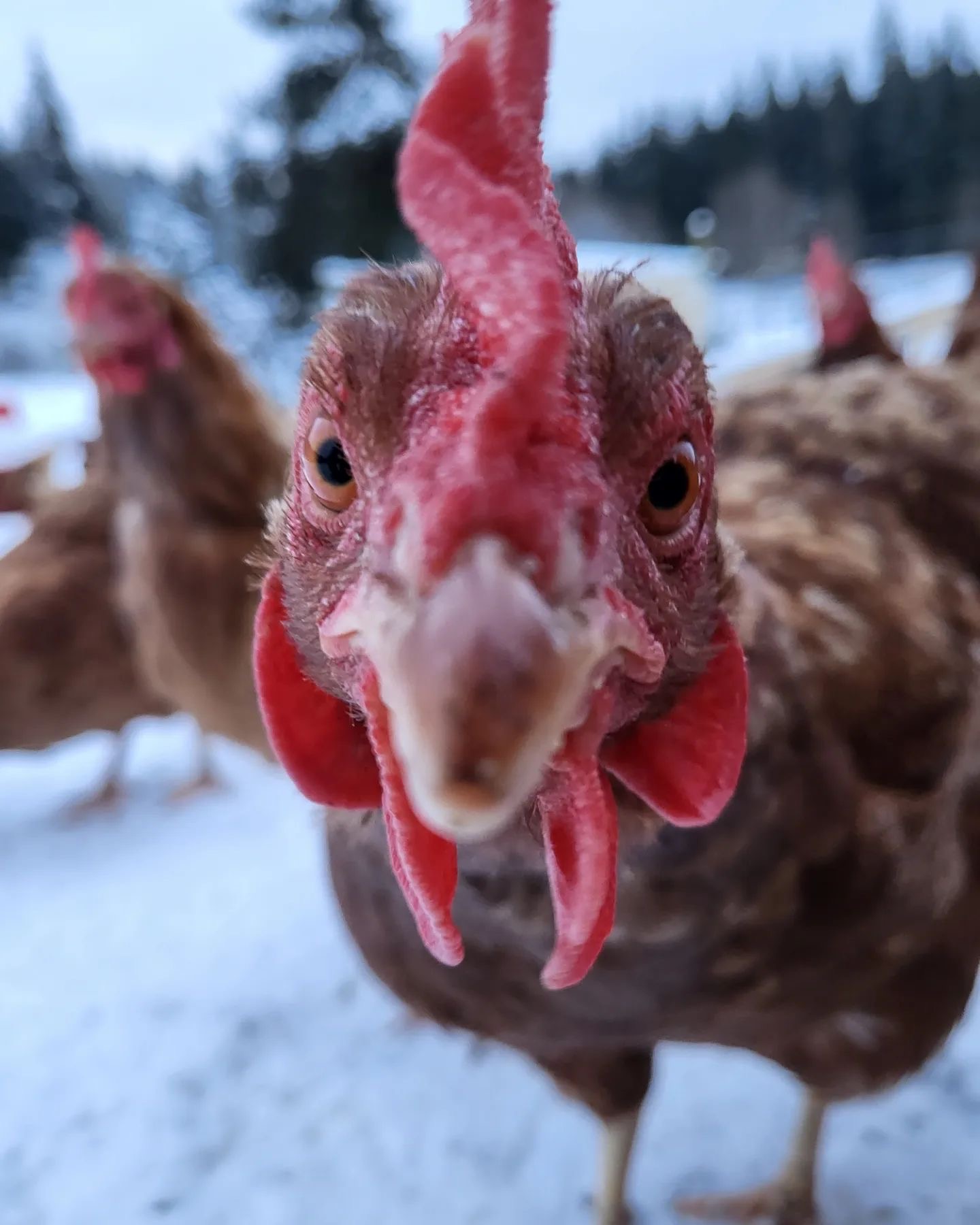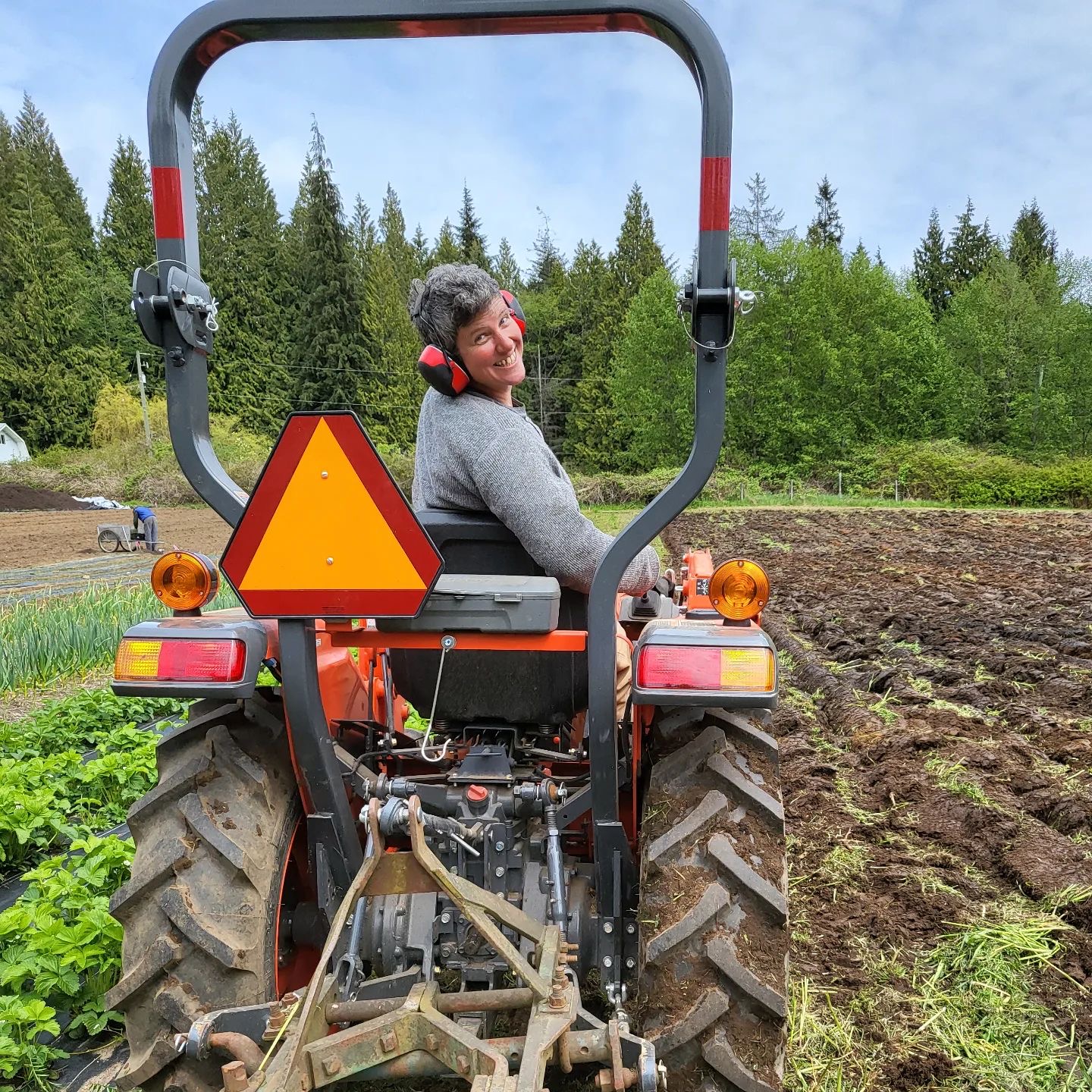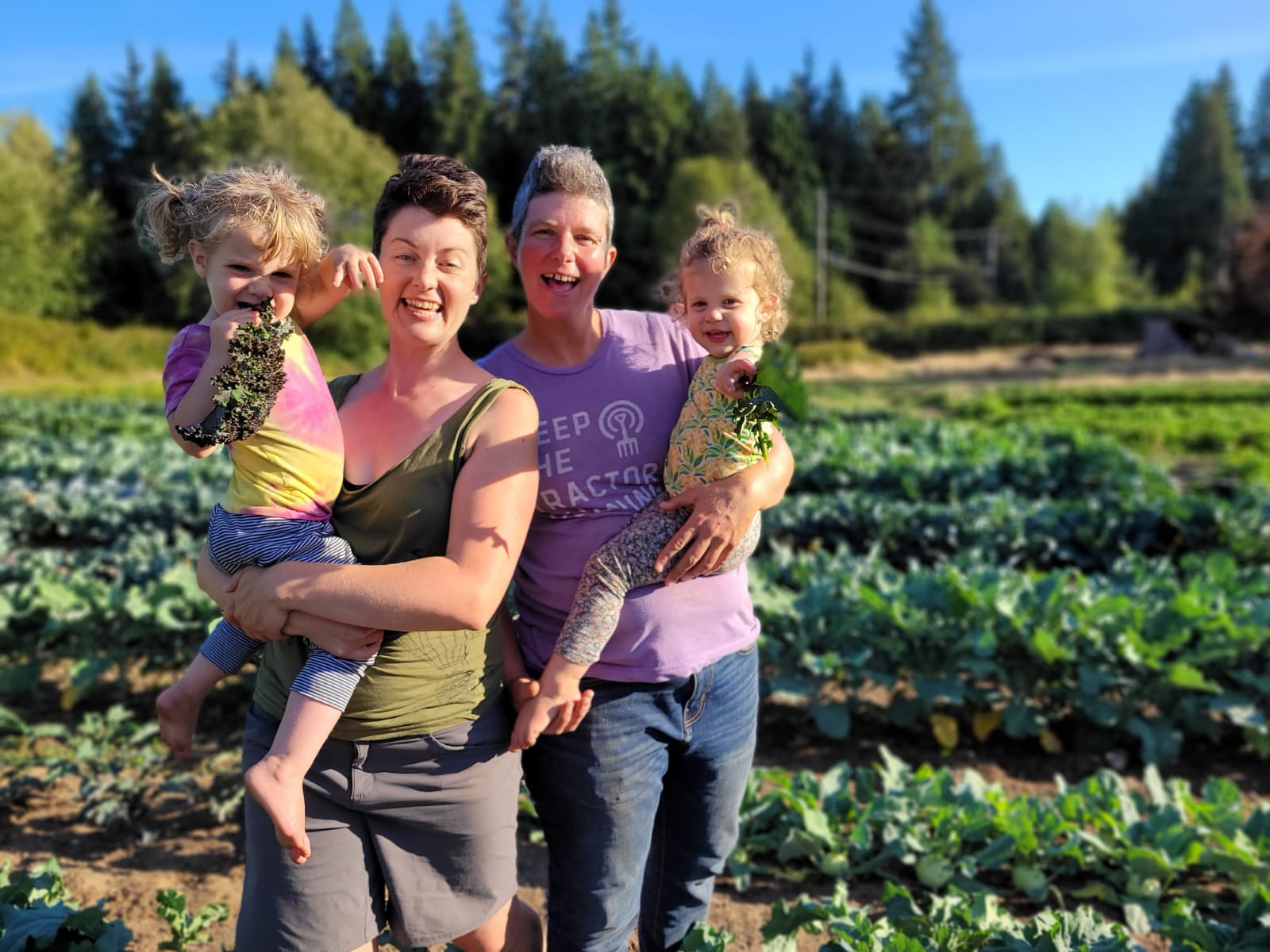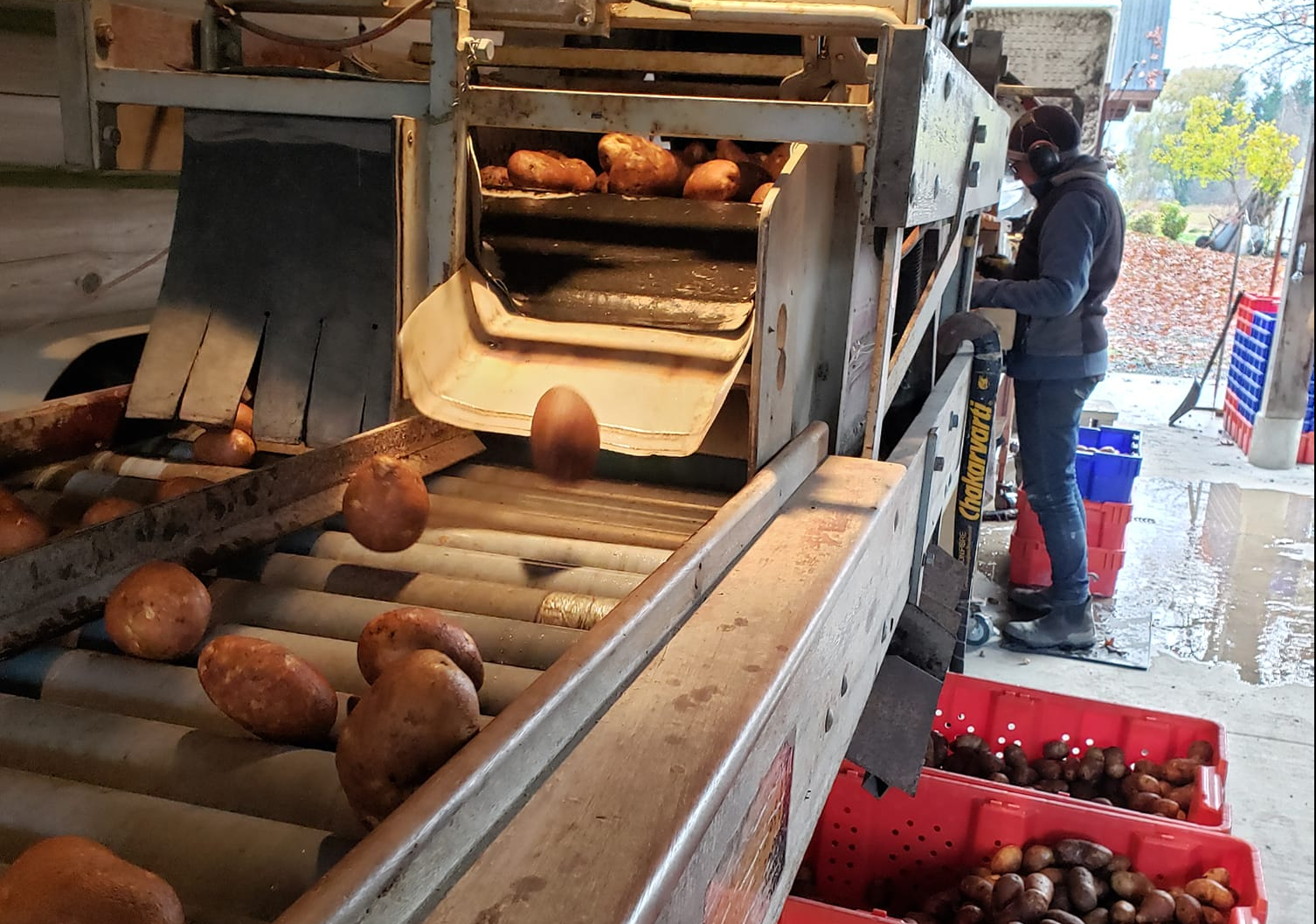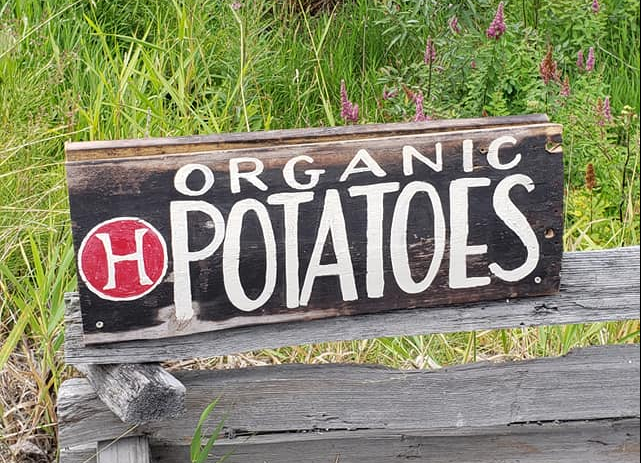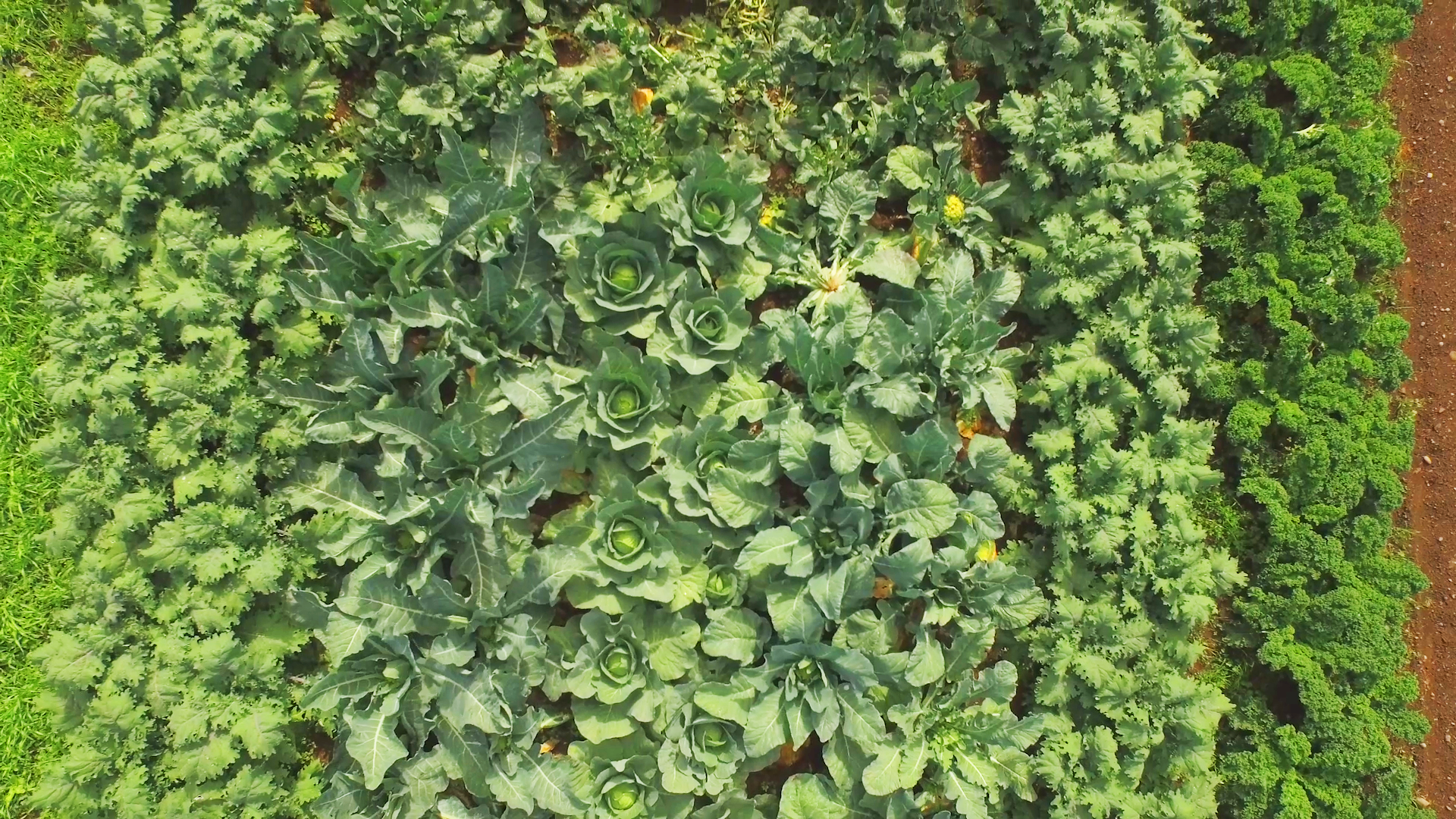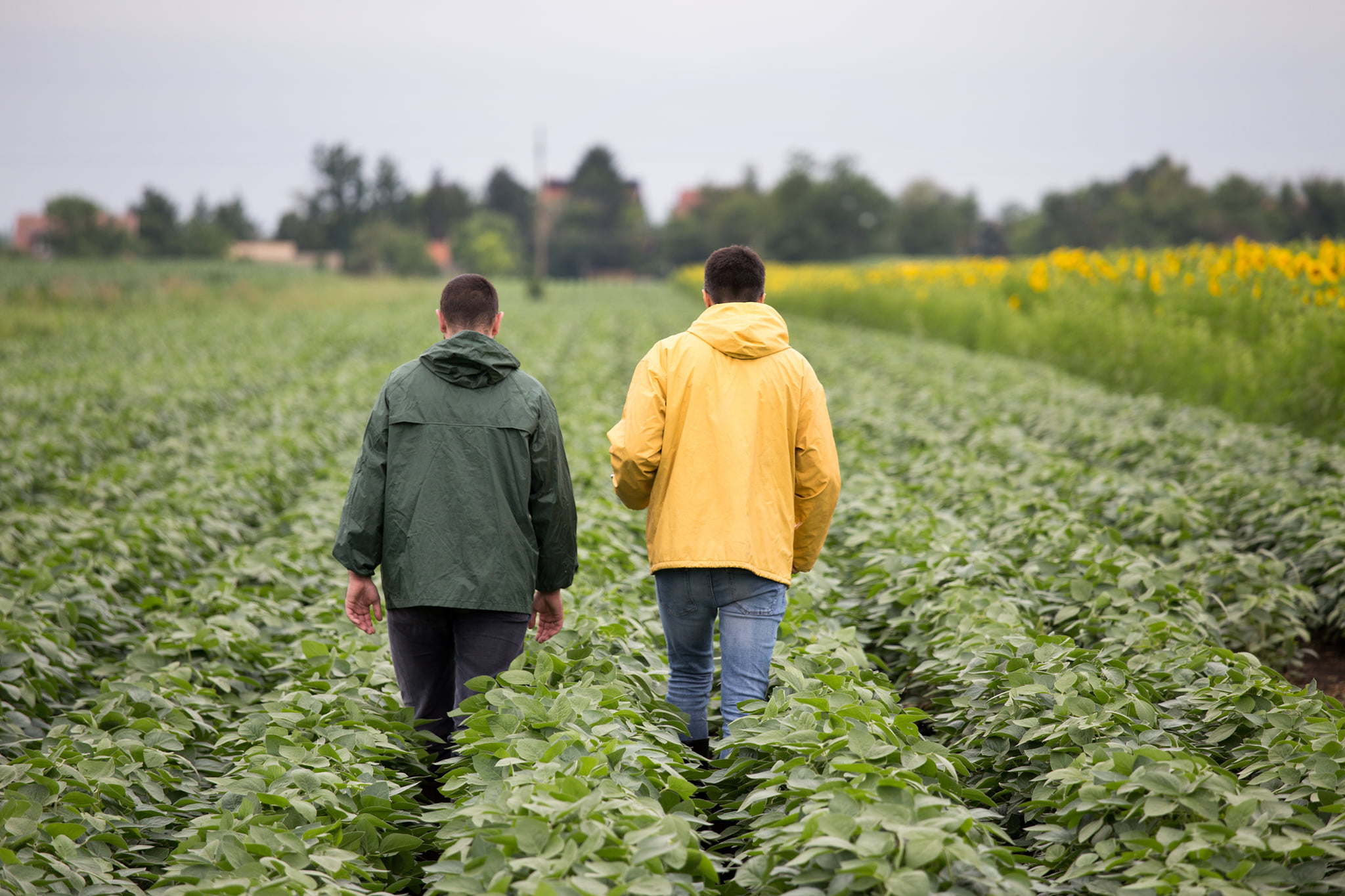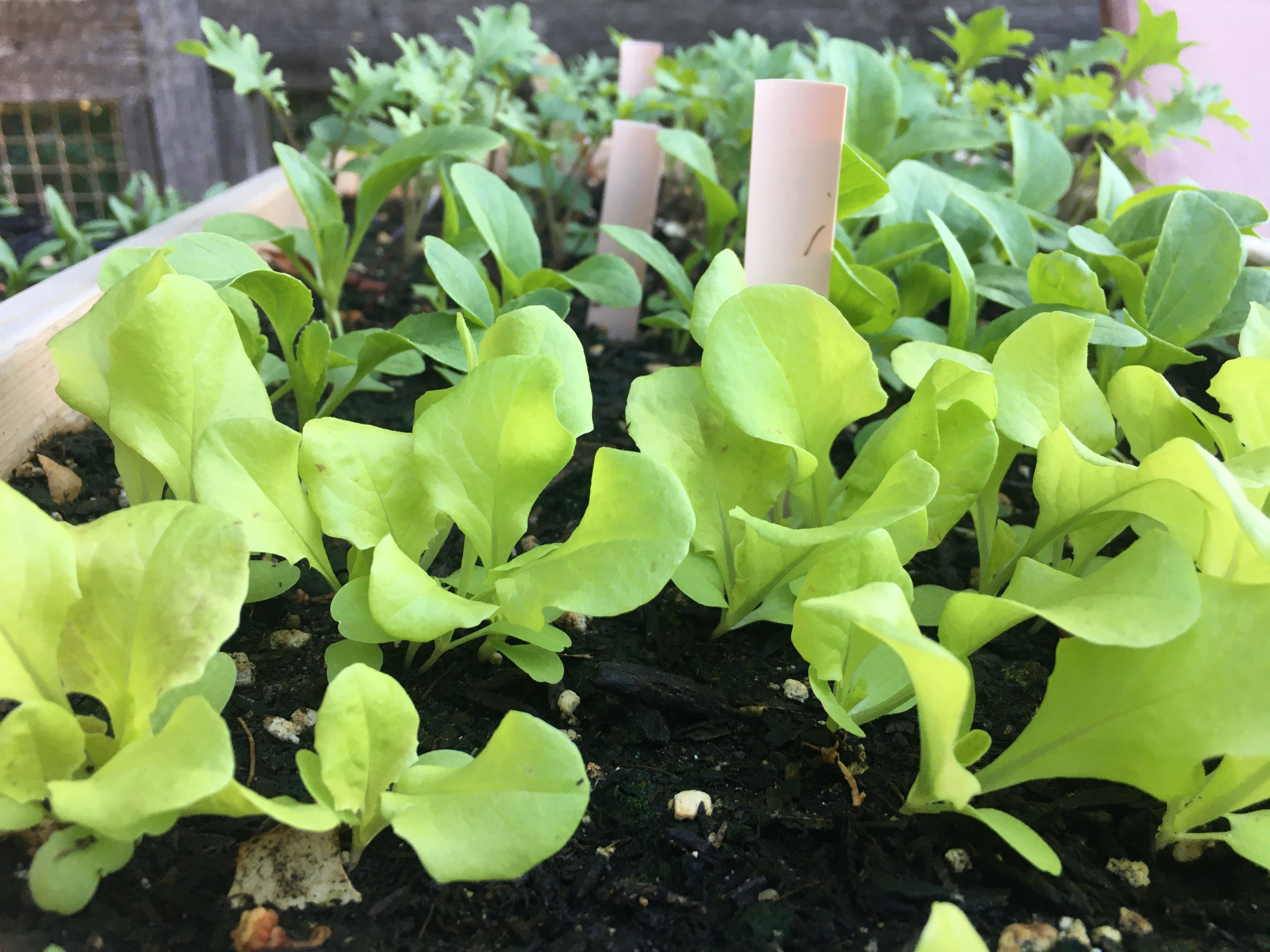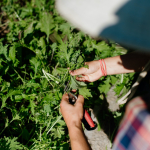Organic Stories: Level Ground Coffee, WSANEC Territory

The Coffee Company that Wants Us All to be on Level Ground
Darcy Smith
Can coffee be sustainable? If you have ever asked this question about your morning cuppa, you are not alone. It’s a question Stacey Toews, co-founder of Level Ground Coffee Roasters, gets all the time. People “feel helpless in the global machine,” says Stacey. But one of the great joys of his work is getting to show people that “you are largely in the driver’s seat when it comes to coffee.”
At least, he clarifies, if it’s organic. He’s done the math: “with what goes into the life of coffee, from an emissions standpoint you can’t redeem coffee grown using chemicals.”
After a year of living and volunteering in Asia, Level Ground was born out of Stacey’s desire to “have a life purpose that would be aimed at bringing possibility and abundance into circumstances that looked dire and difficult.” The day he returned to Canada, Stacey met his wife and Level Ground co-founder Laurie Klassen, who shared his drive to “level the playing field,” says Stacey.
“At the simplest level, often life isn’t fair,” says Stacey. “Global trade is tipped in favour of a certain group.” This led to the premise of Level Ground: “we asked ourselves, ‘How do we run a business that creates positive impact from inception?’ We wanted to have a positive social impact with farmers who could be our partners, and with consumers.” Coffee was an ideal product because people reach for it each morning: “People can say, my daily rhythms have a positive effect.”
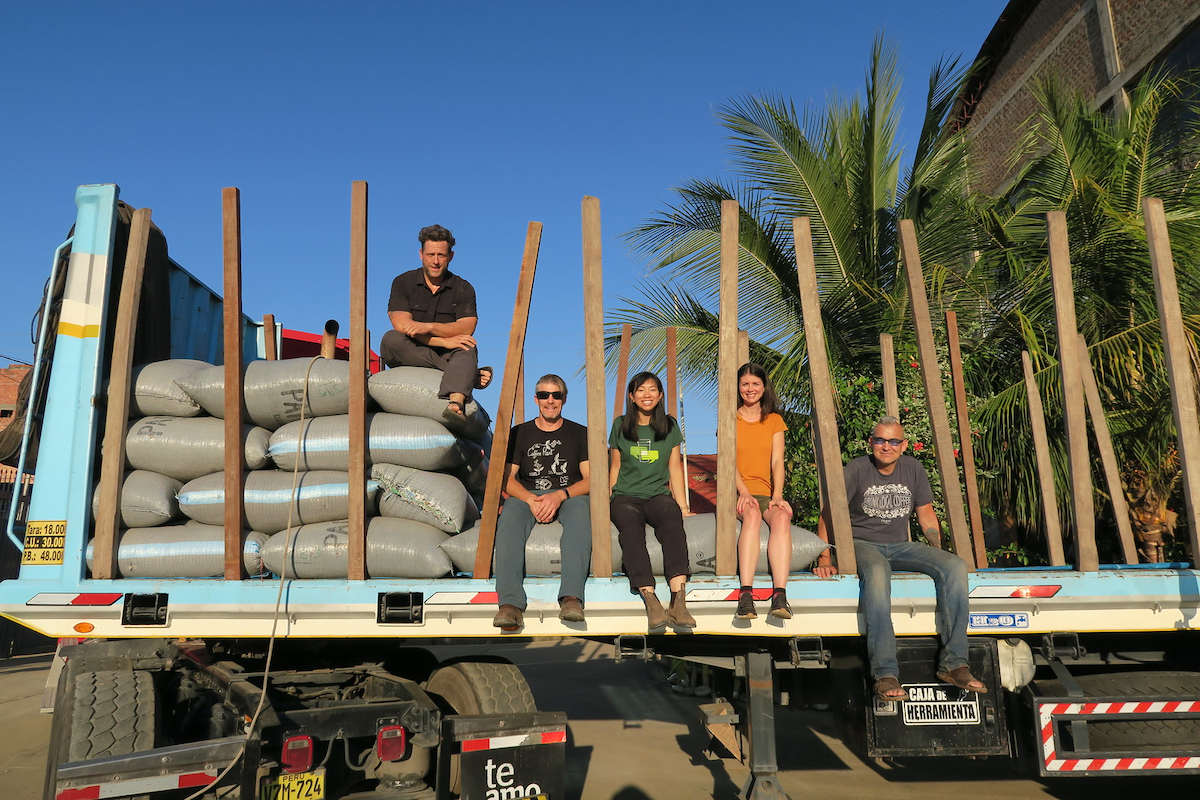
Now 27 years old, Level Ground has what Stacey describes as “a pretty unique mix” of a business model: global connections for sourcing, a local roasting facility and tasting room in Central Saanich BC, and distribution to everywhere from universities, high end restaurants and cafes, and grocery stores.
Level Ground’s approach from the onset has been to humanize trade. “There are real people producing the everyday consumables of life,” says Stacey. “Any way we can make it less about an economic choice, and more a human decision, the more we can flavour the idea that sustainable, mindful global consumption can be powerful and positive.”
“We jumped into the fair-trade approach from inception in the late ‘90s,” Stacey says, “with the primary driving aim of providing coffee growers with a stable income that recognizes the living wage needed for a small-scale farming family to make a go of it.” Level Ground buys a million pounds of coffee annually, sourced from 5,000 small-scale farming families, who are members of 12 co-operatives. Each farming co-op can have 200 to 2,000 farmers in a common geographic region, where the climate is similar. Most of the farmers are cultivating under 10 acres.
The farmers Level Ground works with belong to progressive co-ops, and are using organic and permaculture techniques to produce the precious coffee berry. Coffee is grown on steep slopes at a high elevation, requiring a cool climate in otherwise equatorial, hot countries. The coffee cherry is the primary crop, growing on trees spaced a couple metres apart and reaching heights of two metres. Like other fruit crops, it takes two to five years to start harvesting the coffee berries once seedlings are planted. The berry has to ripen slowly to develop the precious fats and oils that give coffee its distinctive flavour.
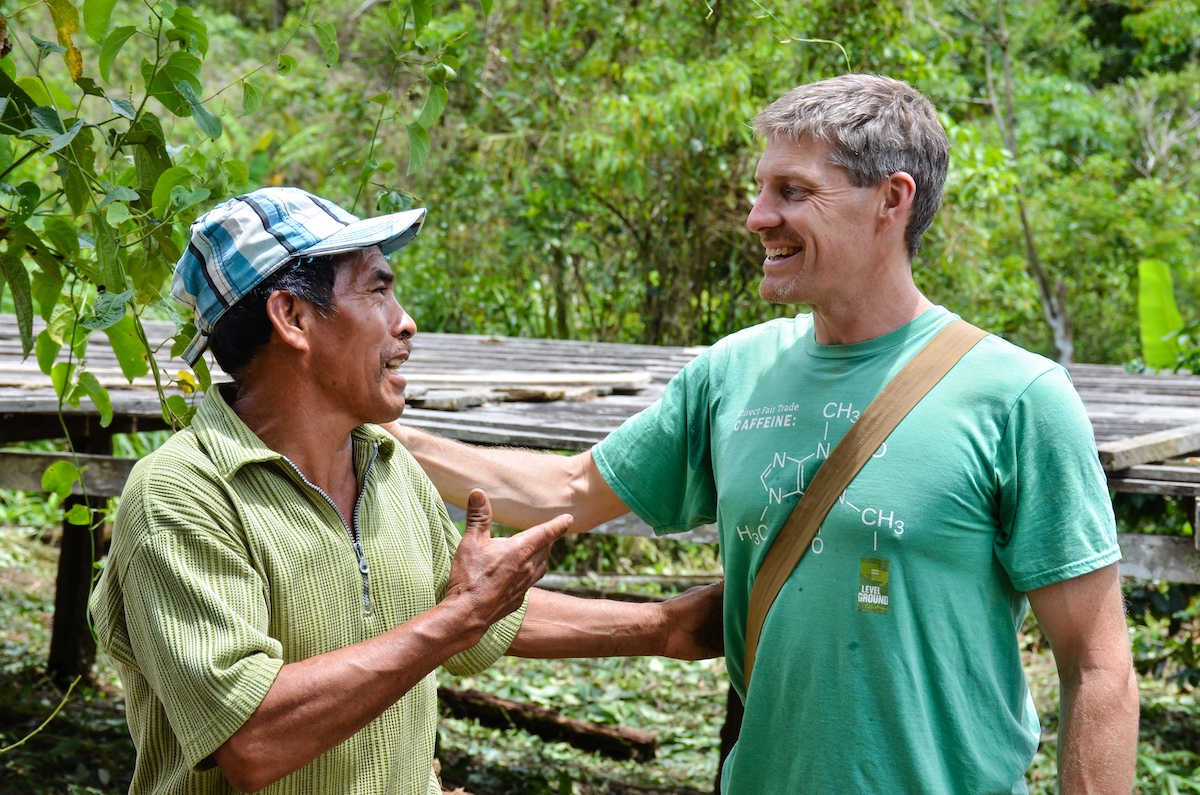
While coffee berries are harvested over a period of a few weeks, coffee trees have needs throughout the year-long production cycle: shade, mulch on ground, organic compost, pruning, ideally right after harvest has ended.
“There are a lot of challenges to small-scale coffee farmers being organic,” Stacey says. Some of these will sound familiar to farmers in BC: neighbouring practices, lack of resources, a difficult transition period where yields may be lower without the premium organic price to make up the difference.
“Fertilizer is big driver of productivity of plants,” says Stacey. “Farmers who move away from fertilizer will see their yields go down. When the message coming from consumers is ‘Be organic, you guys who grow our food,’ that can be interpreted as ‘You want us to make less money’.” Even with the premium price of organic coffee, organic may not pay as well if there are fewer pounds to sell.
The steeply-sloped terrain provides one challenge to organic production: “Imagine having a compost pile and during the rainy season all the nutrients just wash away,” Stacey says. To solve this problem, farmers dig pits for their compost. Another creative practice employed by organic growers: coffee trees require shade, so farmers will plant nitrogen-fixing leguminous trees spaced throughout their coffee trees. Not only do they provide the much-needed shade, they also offer mulch, a habitat for birds, and through their roots one healthy tree can put a tonne of nitrogen into the soil per year.
The co-ops have agricultural technicians who work with the farmers to develop methodology that will result in higher yields and a better-quality crop through organic practices. These technicians will often visit member farms at critical points in the growing cycle. Stacey says this allows them to become familiar with on-the-ground challenges: erosion, pests, disease, pruning and mulching techniques. “The collective wisdom from a handful of technicians visiting the 1,000 plus farmers in any given co-op hones their knowledge of what is, or isn’t working at different elevations, including the best varietals of coffee to plant.”

Once the berries are harvested, farmers are on a tight timeline. The ripe red coffee berries are brought to the co-op’s shared infrastructure, where they must be pulped the same day of harvest. Then, the coffee berry, with pulp removed, is fermented for 18 to 24 hours as naturally occurring bacteria in the air break down the exterior mucous coating of the berry. The fermented seeds are then dried in the sun, before being prepared for shipping.
Coffee usually starts to ship from a co-op three months after harvest ends, giving the co-op time to focus on processing the ripe berries. The next stage is all about sorting, sampling, and quality control in order to fulfill contracts arranged well before harvest.
Stacey describes the procedure for sampling: “when they have a prospective lot of coffee designed to fill a shipping container and go to Level Ground, they use a hollow metal tool and stab every sack so that a few beans come out.” The resulting 700-gram sample is representative of every sack. Half of the sample stays at co-op, and the other half is sent to Level Ground, so the roasters can look at the green product and check for any defects. They then do a very light roast and “cup” it to get a quality score. At the sample stage, “we use the lightest roast to not cover up the characteristics of the beans, both bad and good,” Stacey says. This gives them the most insight on the beans’ potential and cup score. If everything checks out, the co-op will prepare a full shipment.
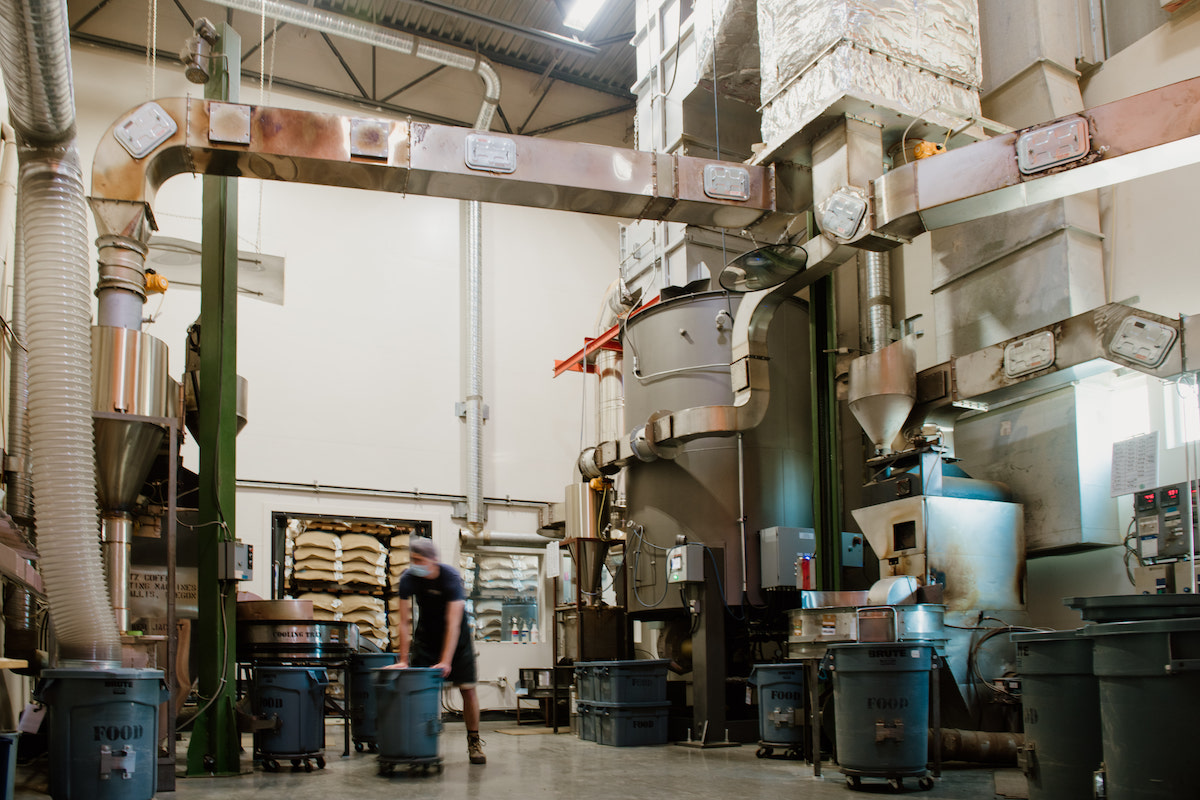
“Every coffee cherry is hand-picked. There are two beans from each cherry, handled manually or mechanically to be processed, and cupped and scored by the co-ops lab and Level Ground,” before arriving by ship, Stacey says. “We open the doors of each shipment to several hundred families contributing to what’s in a container.”
The annual coffee harvest is the primary, if not only, crop for which these families are receiving cash. The world price for specialty coffee is traded per pound in US currency. “The price is noted hour to hour each business day,” says Stacey. “In our company’s history, I’ve seen it be as low as 40 cents and as high as three dollars for one pound of coffee. It’s generally a volatile market.”
Stacey emphasizes that travel doesn’t always make a product unsustainable. It’s a common misconception, he says. “There is far more carbon footprint adding milk to coffee than the coffee itself. You can drink five americanos or drip coffees for every latte.” Level Ground buys full containers to get the most efficient inbound shipping via container ship. The footprint of inbound coffee is one sixth that of outbound trucking of roasted coffee, says Stacey.
While the farmers are doing their part to grow organically, Level Ground works on sustainability in their own community. Their new facility and patented roasting technology, which recaptures heat used in destroying volatile organic compounds (VOCs) produced as part of the roasting process, has allowed them to reduce their natural gas usage by 43 percent.
“I feel pretty confident to say, if you’re living in BC and buying coffee from Level Ground, all our steps and procedures result in it being the most sustainable coffee in the marketplace,” says Stacey.
The world has changed since Level Ground roasted its first bean back in the late ‘90s, and, while the core values have remained the same, Level Ground is changing with it. Like many others, Stacey describes the inevitable pivot during Covid-19: “Much of what had been a backbone of our business evaporated in a two week stretch, and many of them have never come back to being what they were before.” He continues, “What’s become normal to us is a crazy amount of adaptation that I would never have foreseen two to three years ago.”
Stacey has also witnessed a trend over the last decade to single-serve coffee. “After years of the quality of coffee improving, convenience became the key.” That means the drive to produce quality coffee decreases in favour of convenience. But Level Ground, as a “pro-farmer voice” in the coffee industry, “wants to find high-quality accessible coffee”—the best of both worlds. This tier of coffee is also the bulk of what farmers can produce, meaning it’s the best bet to get the farmers a living wage.
On the production side, there is “huge unpredictability on farms,” says Stacey. As is the case everywhere, “farmers are aging, and the climate is changing.” The elevation required for the coffee trees keeps getting higher. “Arabica coffee is running out of real estate,” says Stacey. “If grandpa and grandma had a great location, and the third generation is now farming, they may be below the optimal elevation.” Arabica is also susceptible to new pests and disease.
“So much has changed,” Stacey emphasizes. “Our model for purchasing coffee, of working with community, of managing teams—we didn’t have a grid for what we’re doing now on so many levels.”
And while the only constant in the future might be constant change, Stacey is optimistic: “Ultimately our goal is more farmers, more hope, more possibility. I have a friend who says, ‘The person with the most hope in the room controls the narrative.’ If our approach is about fairness, respect, honouring others, and sustainability, most people will say, ‘That’s the community I want to live in’.”
Darcy Smith is the editor of the BC Organic Grower, and a huge fan of organic farmers. She also manages the BC Land Matching Program delivered by Young Agrarians.
Featured image: Coffee bean processing at Level Ground Coffee Roasters. Credit: Maylies Lang.


